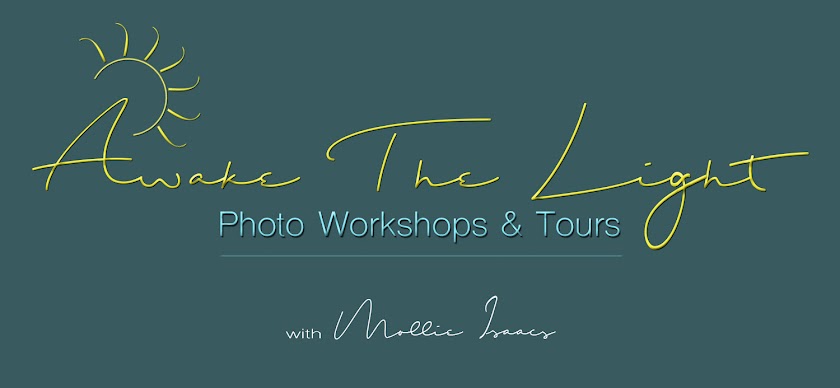These two kittiwakes were having a screaming fit over something. Lots of squawking and wing flapping. Kind of comical really. We were on a boat trip in Glacier Bay National Park in search of whales, puffins, sea otters, and sea lions. But when photographing anywhere, it is important to be alert to any subjects that might be interesting to photograph.
Kittiwakes, similar to sea gulls, are fairly common in coastal Alaska. But they are lovely birds with their pure white feathers, and stand out beautifully against the blue-green glacial waters. The fight was the added element that helped to create an interesting image.
This was a bright sunny day, with strong sunlight on the bright white feathers. Lightroom helped to tone down the whites, and also brought up the shadows. An added touch of Saturation improved the color of the water.
TECHNICAL DATA
1/640 sec., f/8, ISO 800. Canon 100-400mm f/4.5-5.6L IS II lens with Canon 1.4x extender for an effective focal length of 560mm. Canon 7D Mark II handheld on moving boat.
TODAY'S QUOTE: "Birds are a miracle because they prove to us there is a finer, simpler state of being which we may strive to attain." --Douglas Coupland




